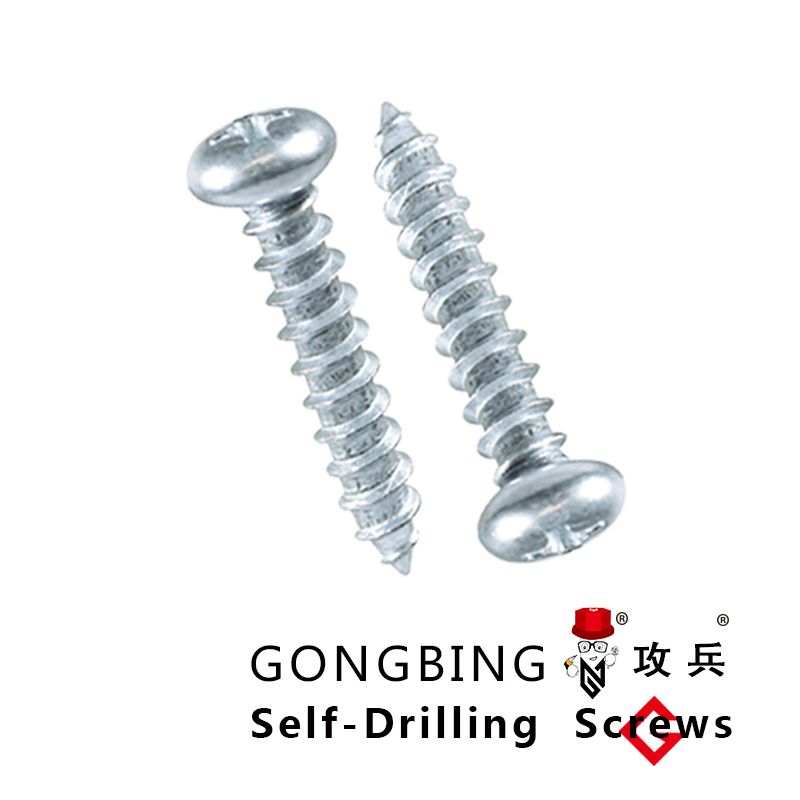Comprehensive Guide to Tek Screw Types
Understanding Tek Screw Types A Comprehensive Guide
Tek screws, also known as self-tapping screws, play a vital role in various construction and manufacturing applications. These specialized fasteners are uniquely designed to create their own thread in a material, eliminating the need for pre-drilling holes. This feature makes them particularly valuable in industries such as construction, automotive, and metalworking. In this article, we will explore the various types of Tek screws, their applications, and key considerations when choosing the right one for a project.
Tek screws are generally characterized by their sharp point, which allows them to penetrate materials easily. They are commonly made from high-strength steel or stainless steel, providing durability and resist corrosion. The most prevalent types of Tek screws include self-drilling, self-tapping, and those suited for specific materials.
Understanding Tek Screw Types A Comprehensive Guide
On the other hand, self-tapping screws do not have the drill point but can still cut their own threads in softer materials like wood or plastic. These screws offer versatility and are perfect for projects requiring fastening where precision is less critical. They can be used in various applications, including furniture assembly and light fixtures.
tek screw types

Another important category to consider is the type of coating on Tek screws. Many Tek screws come with coatings such as zinc plating or epoxy finishes to enhance corrosion resistance. Selecting the right coating is essential, especially for outdoor applications where exposure to the elements is a concern.
Furthermore, the head type of the Tek screw can also affect its performance in different applications. Common head types include flat, pan, and hex heads, each offering distinct advantages depending on the installation process and aesthetic requirements. For example, hex-head screws are perfect for high-torque applications, while pan heads may suit applications where a finished appearance is important.
When selecting Tek screws for a project, it is crucial to consider the material being fastened, the thickness, and the load-bearing requirements. Proper selection not only ensures a strong and stable connection but also extends the life of the installation by preventing issues such as stripping or corrosion.
In conclusion, Tek screws are an indispensable tool in modern construction and manufacturing. Understanding the various types, coatings, and head styles will facilitate better decision-making when selecting the appropriate Tek screws for your needs. By considering these factors, you can ensure that your projects are executed efficiently and effectively, laying a solid foundation for years to come.
-
Weatherproof Plastic Expansion Anchors for OutdoorNewsJun.06,2025
-
Sustainability in the Supply Chain: Eco-Friendly TEK Screws ProductionNewsJun.06,2025
-
Load-Bearing Capacity of External Insulation FixingsNewsJun.06,2025
-
Double Head Bolts: Enhancing Efficiency in Industrial MachineryNewsJun.06,2025
-
Corrosion Resistance in Chipboard Screws: Coatings for Wholesale DurabilityNewsJun.06,2025
-
Butterfly Toggle Bolts : Enhancing Structural ResilienceNewsJun.06,2025
